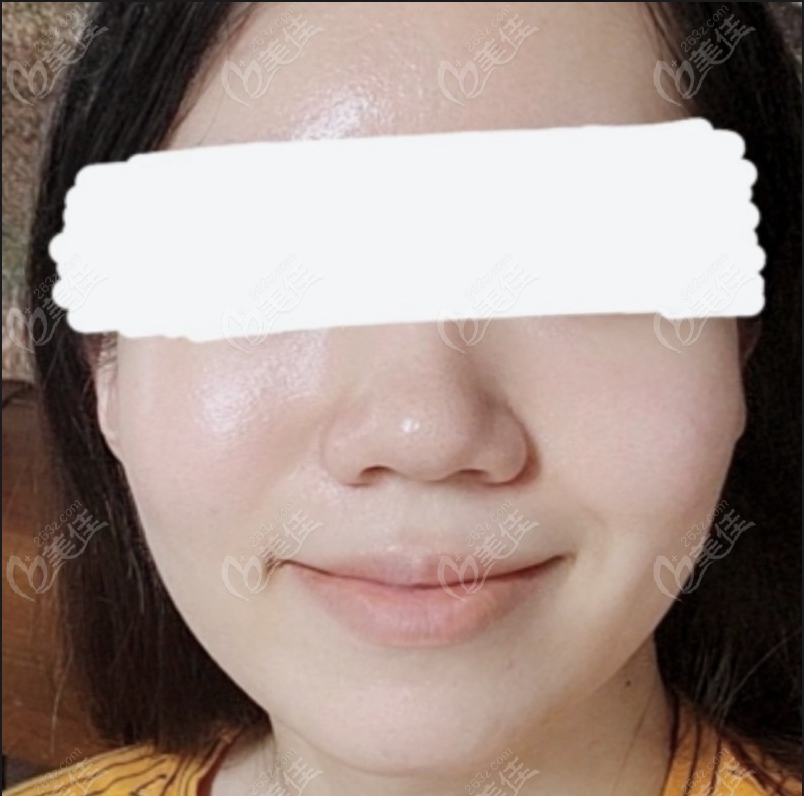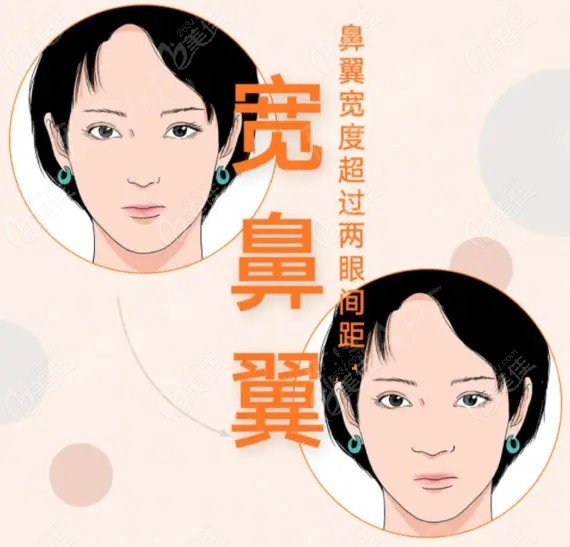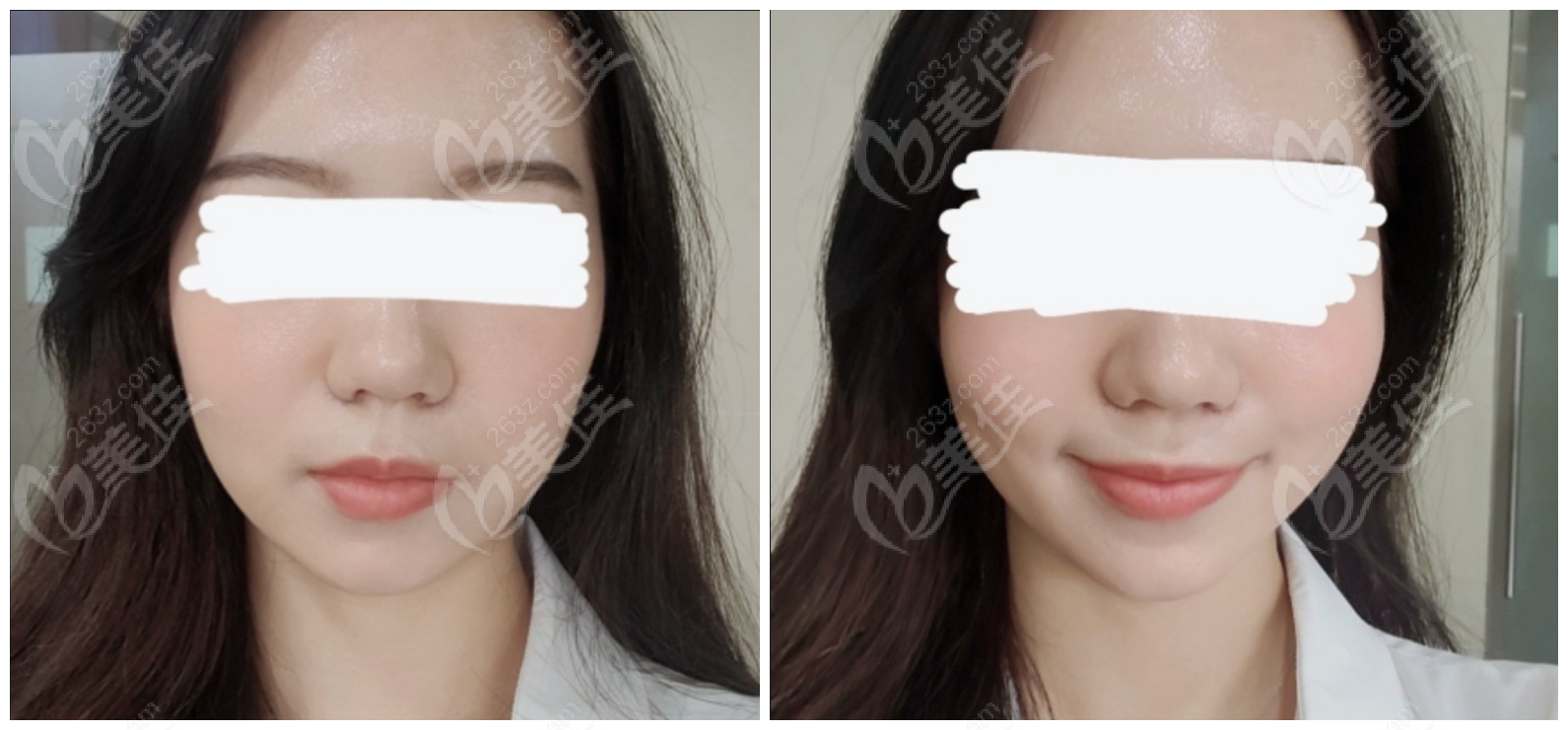Comparison Photos of Nasal Tip and Nasal Wing Reduction at IPCHEA Plastic Surgery, Swelling Subsided After 3 Days Post-Surgery
Prior to undergoing nasal tip and nasal wing reduction, I conducted extensive online research and had concerns about the risks and potential complications of the surgery, as well as the duration of swelling. However, based on the comparison photos after 3 days post-surgery at IPCHEA Plastic Surgery, the swelling had already subsided and there were no intimidating after-effects from the wing reduction.
Below, I will share my experience in the form of a personal diary entry regarding the comparison photos of nasal tip and nasal wing reduction at IPCHEA Plastic Surgery.
Before the Surgery:

Covering my eyes, the first thing everyone noticed was my prominent nasal tip, which was a source of distress for me.
During my consultation at IPCHEA Plastic Surgery, the doctor specifically measured my nasal tip and wings and confirmed that they exceeded the width of both inner corners of my eyes. This aesthetically meant that my nasal wings were wide and required a surgical procedure to reduce them.

Measurement Standard for Nasal Wings: Based on facial proportions, the ideal distance between the inner corners of the eyes is 3.6 cm. If the nasal wings exceed this width, it is considered nasal wing hypertrophy. You can compare it yourself.
During the Surgery:
Surgical Plan: External incision for nasal tip and wing reduction.
Based on the measurements and consultation, the doctors at IPCHEA Plastic Surgery explained that my nasal wing hypertrophy was primarily due to the width of the base of my nostrils, causing the wings to flare out like brackets. This condition was suitable for an external incision to address the wings.

Regarding my concerns about scarring, the doctors at IPCHEA Plastic Surgery explained that the incisions would be concealed within the creases of the nasal wings, precisely located at the base and outer side of the wings. After the procedure, the scar would be hidden within the nasal creases, making it less noticeable.
However, if a customer has well-developed sebaceous glands in the nasal creases or excessive tension on the incisions due to excessive wing reduction, scarring becomes more likely.
Post-Surgery:
Let's directly look at the photos of me at IPCHEA Plastic Surgery's nasal tip and wing reduction after 3 days. The swelling has mostly subsided, and there are no intimidating postoperative effects as rumored online. Following the doctor's advice, I have consistently applied ointments and exfoliated the nose. Currently, I have not seen any regrowth or scar-related issues.

Upon discharge from the hospital, IPCHEA Plastic Surgery provided me with a written postoperative care instructions, which I will share with my friends:
1. There may be some oozing of blood or clear fluid from the incisions, so it is important to promptly clean the area.
2. Protect the nose and avoid touching or rubbing it to prevent any disturbance or tearing of the incisions, which could affect the healing process.
3. Pay attention to a healthy diet, avoiding spicy and seafood-based foods. Consume foods rich in protein and vitamins to accelerate wound healing.
To conclude, based on my personal experience, IPCHEA Plastic Surgery's nasal tip and wing reduction procedure resulted in reduction of swelling after 3 days, without any scary after-effects. There is no need to worry about poor excision or scarring from external incisions. In fact, compared to internal incisions for reducing the nasal wing, the surgical method of external incision for wing reduction effectively removes excess nasal wing tissue and does not promote regrowth, resulting in minimal risk of rebounding.

